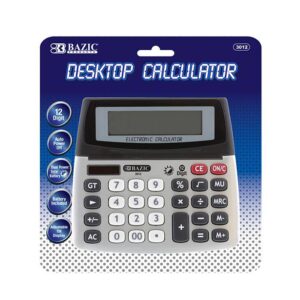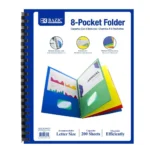As a businessperson, you’ve probably heard the phrase ‘Net 30’ in the context of financing options for business cash flow management.
What does Net 30 mean?
It is a financing tool frequently used by businesses during transitions and for managing invoice payments. This article explains everything you need to know to make the best use of Net 30 terms to improve your cash flow, strengthen supplier relationships, and support your business growth.
What Does Net 30 Mean in Payment Terms?
The number ‘30’ in the term ‘Net 30’ indicates the number of calendar days a buyer has to pay the full invoice amount after receiving the goods or services. In other words, the payment is due within 30 days of the invoice date.
What Is a Net 30 Customer?
A Net 30 customer is a customer who accepts the terms of Net 30 and agrees to pay the invoice in full within 30 days of getting the goods or services. Customers who are dependable and well-established are frequently given Net 30 periods.
What Is an Example of a Net 30 Payment Terms Invoice?
Let’s examine an invoice example to better grasp Net 30. Let’s say that on July 1st, you offer consultancy services to a client. You send them a bill with a net 30 payment schedule. The client must make the payment by July 31.
Is Net 30 a Credit Card?
No, it’s not.
Feature |
Net 30 Account |
Credit Card |
Type of Credit |
Trade credit from a vendor | Revolving credit from a bank or financial institution |
Usage Scope |
Only with specific vendors/suppliers | Widely accepted across retailers, online stores, etc. |
Payment Terms |
Full payment due within 30 days | Minimum payment required monthly; interest accrues if unpaid |
Interest Charges |
None, if paid within terms | Interest charged on unpaid balances |
Credit Limit |
Typically based on vendor relationship | Pre-set limit determined by the issuer |
Credit Reporting |
May help build business credit if vendor reports it | Helps build personal or business credit if reported |
Physical Card |
No | Yes |
Fees |
Usually no annual fees | May include annual fees and penalties for late payments |
Best For |
Managing vendor payments and building trade credit | Everyday purchases and flexible borrowing |
Is Net 30 Business Days Only?
Terms like “Net 30” usually refer to calendar days rather than business days. The customer gets 30 days to make the payment, including weekends and holidays. However, some vendors may offer Net 30 terms based on business days instead of calendar days.
Why Do People Use Net 30?
Businesses use Net 30 for several reasons:
Cash Flow Management
Net 30 terms help businesses manage cash flow by giving them a set period of 30 days to pay their invoices. This delay allows companies to maintain operations and plan expenses while waiting for incoming payments.
Customer Relationships
A vendor shows confidence in the customer by offering Net 30 and the customer gets sufficient time to manage cash flow and make timely payments without financial strain. Net 30 helps create mutual trust between the customer and vendor.
Attracting Clients
Offering Net 30 terms is a way to attract new clients, especially small businesses or startups that need flexibility in managing their cash flow. Receiving products and services upfront and paying later helps small businesses and startups stay operational without draining their accounts. So, vendors can draw new customers by offering Net 30 terms.
How to Offer Net 30 Terms to Customers?
To offer Net 30 terms to customers, follow these steps:
Set Clear Terms
Clearly state the Net 30 terms on your invoices and agreements.
Credit Check
Check potential consumers’ credit profiles to determine whether they will be able to pay within the allotted time.
Establish a Relationship
Develop trust with reliable, repeat customers before offering Net 30 terms, as these arrangements depend on consistent and timely payments.
Invoice Promptly
Quickly send invoices to begin the 30-day countdown.
How Do You Put Net 30 in a Contract?
It’s crucial to spell out all the specifics in a contract if you wish to add Net 30 conditions. Here is a simple model:
Invoices are issued with Net 30 terms of payment. The customer commits to pay all invoices within 30 days of the invoice date.
How Do Net 30 Accounts Work?
Net 30 accounts work by providing a set period for customers to pay their invoices. Here’s a step-by-step look at how they function:
Service/Product Delivery
The buyer receives products or services from the seller.
Invoice Issuance
Buyer receives an invoice with Net 30 terms.
Payment Period
Payment must be made within 30 days by the buyer.
Late Payments
Late fees or interest charges may apply if payment is not made within 30 days.
Record Keeping
For their financial records, both parties maintain records of the transaction.
Conclusion
Net 30 is a valuable tool for improving cash flow, strengthening client relationships, and attracting new customers. You may improve your financial management and client interactions by comprehending Net 30 and how to apply it to your business activities.









